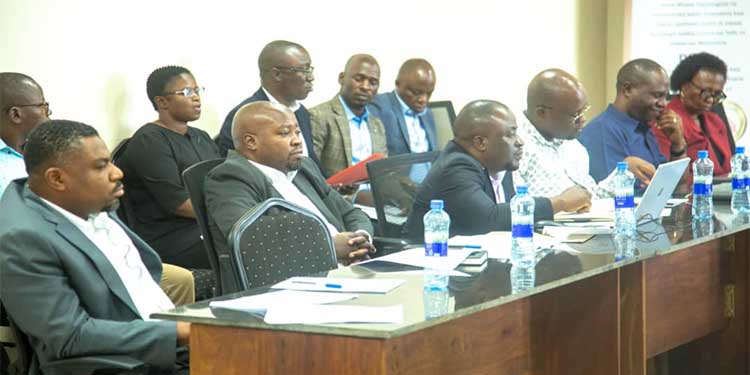
Tanzania’s mining sector performed well in the first quarter of the fiscal year 2025/26, with institutions under the Ministry of Minerals exceeding expectations and reporting steady progress on key projects. On October 27, 2025, the ministry’s management met in Dodoma to review quarterly reports from its institutions, including the Geological Survey of Tanzania (GST), the State Mining Corporation (STAMICO), the Mining Commission, the Tanzania Extractive Industries Transparency Initiative (TEITI), and the Tanzania Gemological Centre. The session evaluated the ministry’s strategic plans’ successes, problems, and pace of execution. According to the report, the Mining Commission collected TZS 315.4 billion from July to September 2025, exceeding its quarterly objective of TZS 299.98 billion, or 105.14 per cent of the goal. The ministry expects to collect TZS 1.4 trillion during the fiscal year 2025/26. The State Mining Corporation (STAMICO) announced that plans are underway to establish Rafiki Briquettes production plants in Dodoma and Tabora. Kisarawe (Coast Region) and Kiwira (Songwe) are already producing environmentally friendly briquettes manufactured from coal recyclables.
The firm stated that it is also focusing on acquiring critical mineral licences and increasing strategic investments to boost its position in the mining value chain. The report also stated that 2,356.413 kilogrammes of gold were refined at the Mwanza Precious Metals Refinery, which is partially controlled by STAMICO. The Bank of Tanzania (BoT) purchased the gold as part of its ongoing gold reserve accumulation programme. Since October 2024, when the BoT began purchasing gold for national reserves, a total of 12 tonnes has been obtained, indicating increased confidence in the domestic gold sector. Meanwhile, the Geological Survey of Tanzania (GST) announced that the procurement procedure for a research helicopter is underway. The aircraft will help advanced mineral exploration across the country, contributing to the government’s goal of guaranteeing that at least half of Tanzania’s land area has been geologically explored in depth by 2030.
GST also announced that a modern, high-capacity laboratory is being built in Dodoma, which, if completed, will improve the efficiency and reliability of mineral and soil sample testing. The Tanzania Gemological Centre (TGC), located in Arusha, has announced the inauguration of a new jewellery and gemstone outlet at the Arusha International Conference Centre (AICC). The addition brings the total number of TGC outlets to two, including its existing shop at Kilimanjaro International Airport (KIA). The effort seeks to showcase Tanzanian gemstones, encourage local artisans, and increase value in the developing worldwide jewellery industry. The Ministry of Minerals restated its commitment to improving openness, efficiency, and accountability in the sector. Officials said the continuing actions are part of a larger effort to guarantee Tanzanians continue to profit from the country’s abundant natural resources while also promoting sustainable industrial growth.
